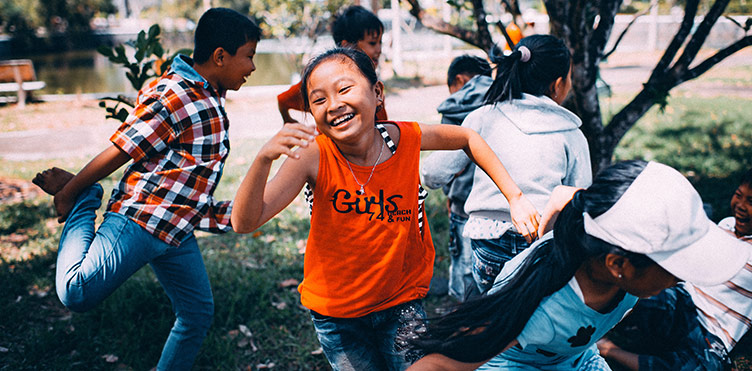
Forthcoming publication: E. Comeau and Z. Vaghri. (2023) Motivation of Children and Youth for Physical Activity during the COVID-19 Pandemic. The Health & Fitness Journal of Canada.
Physical inactivity around the world is reaching the level of a global health pandemic. The statistics pertaining to younger generations are alarming; in 2018, over 80% of the world’s youth population aged 5 to 17 years were insufficiently physically active based on global guidelines. Physical activity (PA) in childhood is vital to both biological and psycho-social health, as well as healthy physical and mental development, making inactivity among youth and children a priority health issue.
This project aims to examine the intersections of youth’s individual psychological motivations for PA with the phenomena of PA as a human right, demonstrating the impact of the social and built environment on an individual’s choice to engage with PA, and the responsibility of State parties as primary duty bearers to provide opportunities for choice.
There is limited literature framing low levels of PA in youth as a systemic social issue. This project aims to inspire further research into the way in which PA behaviours exist and are valued in Canadian/Western society, and to drive policy directives to build social and cultural environments in which PA, and its innate relationship to health, is prioritized.
The study utilized a cross-sectional explanatory mixed methods design, conducted in two phases with a participant selection model. In accordance with this model, the research questions were investigated using quantitative surveys (the Behavioural Regulation in Exercise Questionnaire -3 and the Godin Leisure-Time Exercise Questionnaire), from which qualitative workshops (based upon the Global Child Rights Dialogue) supplemented the findings and shape the final interpretation.
This project aims to approach the health ramifications of decreasing PA behaviors in youth through exploring its root causes and seeking youth’s opinions through the novel lens of human rights. Ultimately, an understanding of how motivation for PA relates to human rights principles gives the construct of PA greater legal credibility as a health behavior, providing the necessary framework for social policy change.